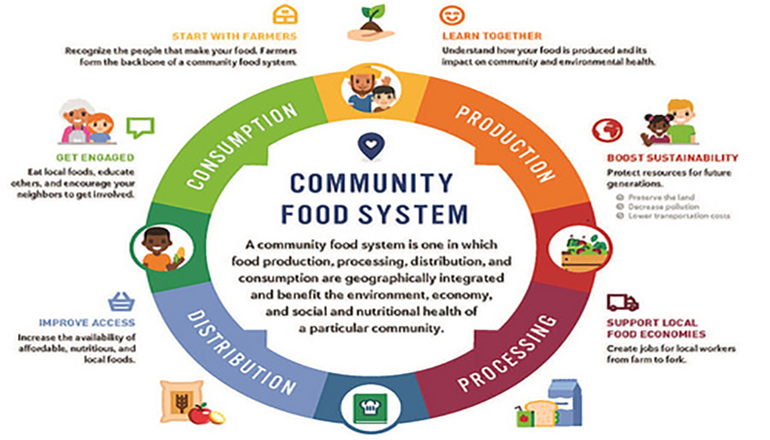October is a busy month for both our nation’s farms and our nation’s schools. Farmers are harvesting everything from apples to pumpkins, while schools are celebrating Farm to School Month by raising awareness of the connection with fresh, healthy food and local food producers.
Farm to School connects communities to our nation’s farmers, ranchers and fishers through field trips to farms, taste tests of local and seasonal crops, local food purchasing and hands-on agricultural education. Farm to School also boosts rural economies and improves children’s health. In fact, more than 42,000 schools nationwide reported hosting farm to school programs in the 2015 Farm to School Census. So this October, you too can take action and support farm to school in any of the following ways:
- Establish a relationship with your local farmers;
- Support your local school garden by donating funds or volunteering time; or
- Attend your local farmers’ market and buy local foods.
No matter how you decide to take action this month, here are the top five reasons to celebrate Farm to School Month:
1. The USDA Office of Community Food Systems provides more than $5 million in funding for schools, school districts, state and local agencies, non-profits, Indian Tribal Organizations and organizations serving predominantly Native communities, and agricultural producers (including ranchers and fishers) to plan or implement farm to school activities in their communities. Since the grant program’s inception in 2013, USDA has invested over $25 million in farm to school grants among 365 projects across all 50 states, Washington, D.C. and the U.S. Virgin Islands, reaching over 13 million students. Learn more about this funding opportunity and check out our 2018 Farm to School Request for Application (RFA).
2. Farm to school can revitalize rural economies. USDA Farm to School Census respondents reported spending almost $800 million on local food from farmers, ranchers, fishers and food processors and manufacturers in the 2013-2014 school year. Such purchases create and retain jobs for producers and generate additional spending in local economies, commonly referred to as the multiplier effect.
3. Farm to School activities provide students with hands-on, fun learning opportunities related to nutrition, agriculture, health, and food in the classroom and in the community. These activities ignite excitement around food, and this holistic approach to learning enhances the chance for students, and even administrators, to adopt healthy eating and agricultural practices beyond the classroom.
4. Farm to school helps healthy habits take root early. Early childhood is the ideal time to establish a taste for healthy foods and a desire to try new things in order to encourage life-long, healthy habits. Farm to preschool connects early child care and education settings to local food producers with the objectives of serving locally-grown, healthy foods to young children, providing nutrition education and improving children’s health.
5. Farm to school benefits everyone. By connecting various stakeholders through a community food system via purchasing, processing, distributing, and preparing foods for school meals, farm to school efforts strengthen economic and community ties. Farm to school also benefits a wide variety of local businesses and producers, including farmers; ranchers; fishers; processors; distributors; value-added operations; and others.
As this October continues, make sure to learn more about your community food system and ways to support your local economy.







